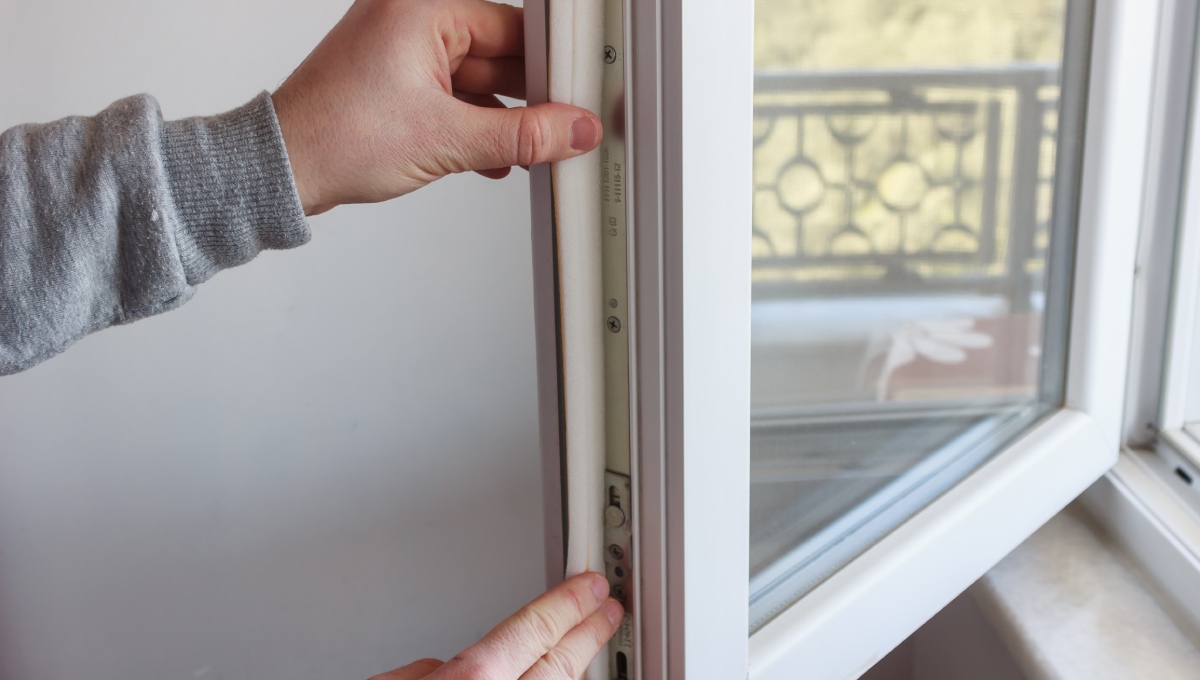
Cold weather makes it challenging to keep your home warm and cozy while minimizing energy costs. A well-winterized home retains heat efficiently, putting less strain on your heating system and pocketbook. Learn some essential ways to winterize your home for maximum energy efficiency.
Seal Windows and Doors
Gaps around your home’s windows and doors let in cold drafts. You can use weatherstripping or caulk to seal these areas, which helps keep the cold out and the heat in. Sealing these areas typically takes a few hours to complete, depending on how many places need attention.
Begin by inspecting all windows and doors to identify any visible gaps or cracks. Apply weatherstripping along the edges and frames, ensuring a tight fit to prevent cold air from seeping in. For smaller cracks and gaps, use a high-quality caulk to seal them and enhance your home’s thermal barrier.
Insulate the Attic
Neglecting the attic is one of the most common mistakes people make when insulating their homes. The attic is a major point of heat loss; adding or upgrading the insulation in this area will prevent warm air from escaping through the roof, keeping your home warmer with less energy. Consider hiring a professional to evaluate your attic’s insulation every 10 to 15 years, as its effectiveness can deteriorate over time due to compression and moisture damage.
A professional insulation specialist will begin by identifying any areas where heat loss is most prevalent. They will then install or upgrade your attic’s insulation using high-quality materials, such as blown-in cellulose or fiberglass batts. To maximize energy efficiency, they will also seal any air leaks in the attic’s structure, such as around fixtures and vents.
Maintain the Heating System
Regular maintenance of your heating system is essential to ensure it operates efficiently throughout the winter. Schedule a professional inspection to check for any issues that could impede performance. The technician will identify and fix any issues, such as a malfunctioning thermostat or worn-out components, that decrease the efficiency and effectiveness of your heating system.
Additionally, cleaning or replacing the filters can improve airflow and prevent the system from overworking. Ultimately, maintaining the heating system cuts down on energy use and saves you money on emergency repairs or replacements.
Check the Garage Door for Drafts
Cold air can infiltrate the home through the garage, which is why regular garage door maintenance is crucial. A garage door repair specialist can inspect and adjust your garage door’s alignment, ensuring the door closes snugly without any gaps that allow drafts. They can also replace or enhance the weatherstripping and seals to reduce energy loss and enhance the garage’s insulation for winter.
Keeping your garage door well-maintained winterizes your home and improves energy efficiency while protecting your car and belongings from cold damage. Regular maintenance can prevent the need for costly repairs down the line and ensure your garage remains an effective buffer against the cold.
By sealing doors and windows, reinforcing attic insulation, maintaining the heating system, and managing garage door drafts, you can create a formidable barrier against the cold. These measures extend your heating system’s life and deliver lasting savings. Try these tips to keep your home comfortable throughout the winter.
